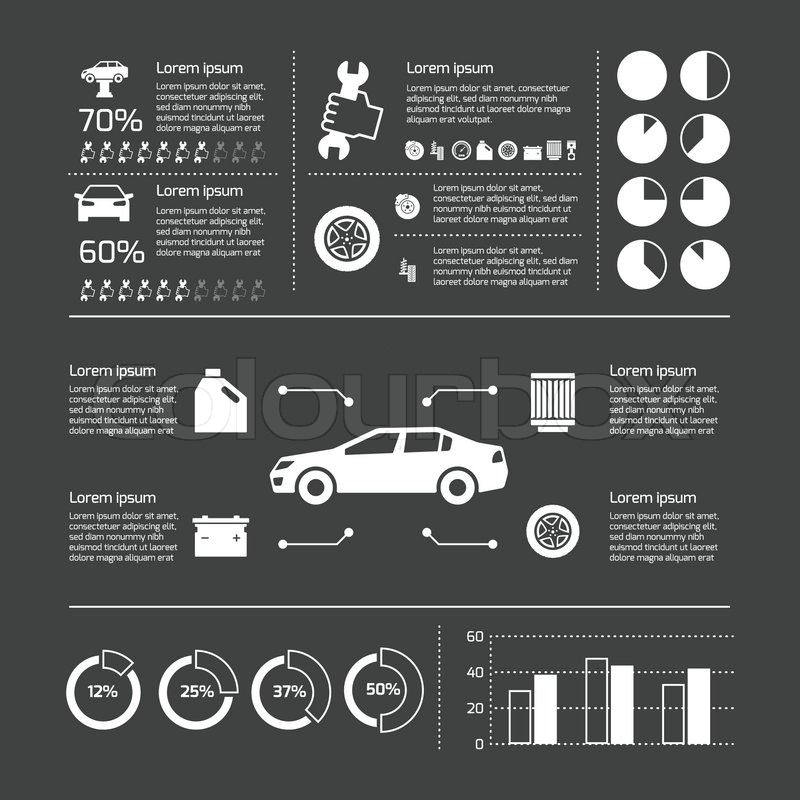Interested In Comprehending The Warning Lights On Your Vehicle'S Dashboard? Discover Their Significance For Your Vehicle'S Security And Overall Condition
Interested In Comprehending The Warning Lights On Your Vehicle'S Dashboard? Discover Their Significance For Your Vehicle'S Security And Overall Condition
Blog Article
Content Written By-Vinson Kejser
When you lag the wheel, those beautiful warning lights on your control panel can be a little bit difficult. Do you understand what they're attempting to inform you concerning your vehicle's wellness? Comprehending the importance of these lights is essential for your safety and security and the long life of your car. So, the following time one of those lights pops up, wouldn't you want to analyze its message accurately and take the required steps to address it?
Common Caution Lights and Interpretations
Determine typical caution lights in your vehicle and recognize their definitions to ensure risk-free driving.
https://local12.com/news/local/samaritan-car-care-clinic-nonprofit-car-repair-shop-to-get-its-own-garage-auto-repairs-covington-brighton-center-cincinnati-local-12 of the most common warning lights include the check engine light, which indicates issues with the engine or emissions system. If this light comes on, it's important to have your vehicle inspected promptly.
The oil stress advising light indicates low oil stress, calling for prompt interest to prevent engine damages.
A blinking battery light might recommend a damaged billing system, possibly leaving you stranded if not resolved.
The tire stress surveillance system (TPMS) light notifies you to reduced tire stress, impacting automobile security and gas effectiveness. Overlooking this can bring about hazardous driving conditions.
The ABS light indicates a trouble with the anti-lock stopping system, compromising your capability to stop swiftly in emergency situations.
Last but not least, the coolant temperature advising light warns of engine getting too hot, which can cause extreme damages if not resolved promptly.
Understanding these common caution lights will aid you resolve problems promptly and preserve secure driving problems.
Importance of Prompt Attention
Recognizing the typical warning lights in your automobile is only the initial step; the importance of promptly attending to these cautions can not be emphasized sufficient to ensure your safety on the road.
When https://lorenzogbwql.blogadvize.com/36779919/the-all-inclusive-guide-to-auto-explaining-materials-important-tips-for-every-single-beginner illuminates on your control panel, it's your cars and truck's method of interacting a prospective issue that requires focus. Ignoring these cautions can result in extra extreme issues later on, endangering your safety and security and possibly costing you more in repairs.
Trigger focus to warning lights can avoid break downs and mishaps. For example, a blinking check engine light can indicate a misfire that, if left neglected, can trigger damage to the catalytic converter. Addressing this immediately can save you from a costly fixing.
Similarly, a brake system warning light could signify reduced brake liquid or worn brake pads, essential components for your safety when driving.
Do It Yourself Troubleshooting Tips
If you observe a caution light on your dashboard, there are a couple of DIY troubleshooting pointers you can attempt prior to seeking professional assistance.
The first step is to consult your automobile's handbook to comprehend what the details caution light suggests. In some cases the problem can be as easy as a loosened gas cap triggering the check engine light. Tightening the gas cap may resolve the trouble.
An additional usual issue is a low battery, which can activate different advising lights. Examining the battery links for deterioration and guaranteeing they're safe and secure could deal with the trouble.
If a warning light lingers, you can try resetting it by separating the automobile's battery for a couple of minutes and afterwards reconnecting it. Furthermore, checking your automobile's fluid levels, such as oil, coolant, and brake liquid, can assist repair advising lights related to these systems.
Conclusion
In conclusion, understanding your auto's warning lights is necessary for keeping your vehicle running smoothly and securely. By promptly addressing these alerts and understanding what they indicate, you can stay clear of costly fixings and potential malfunctions.
Keep in mind to consult your auto's manual for certain information on each warning light and act as necessary to guarantee a trouble-free driving experience.
Stay educated, stay risk-free on the road!
